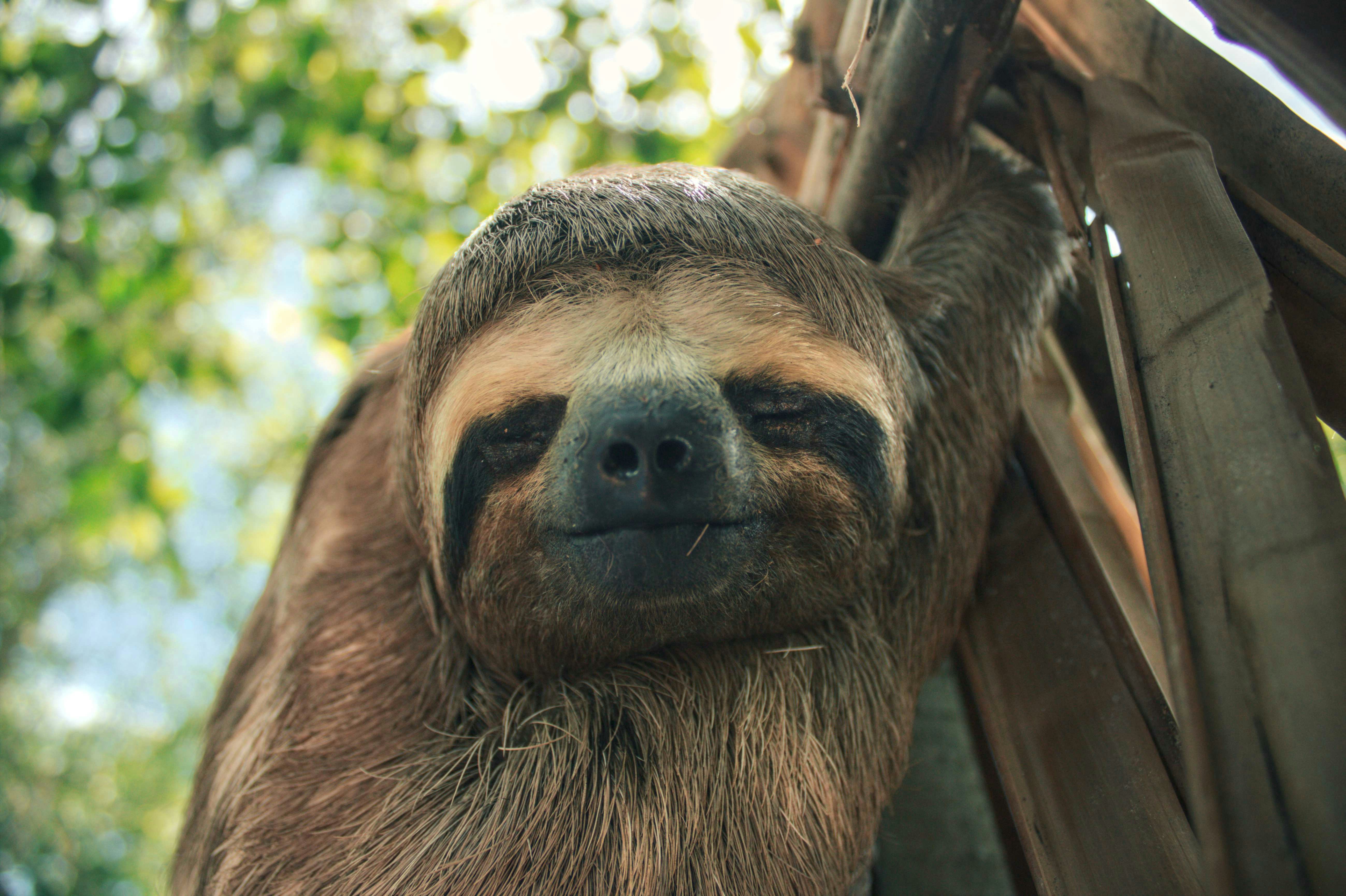Media release
From:
Lost giants, lost functions: paleodietary insights into the ecological niches of Pleistocene ground sloths
Biology Letters
Though all modern sloths are tree-dwelling leaf-eaters, their extinct relatives—the giant ground sloths—played diverse and critical roles in ice age ecosystems. Researchers examined the microscopic wear patterns on fossil teeth from the La Brea Tar Pits and found that Paramylodon harlani consumed significantly harder foods than Nothrotheriops shastensis, likely including roots, tubers, and seeds. These dietary distinctions reveal that ground sloths occupied unique ecological niches rather than being functionally redundant herbivores. Their extinction reduced key ecosystem functions like seed dispersal and bioturbation, underscoring the lasting ecological consequences of Pleistocene megafaunal loss.



 International
International



